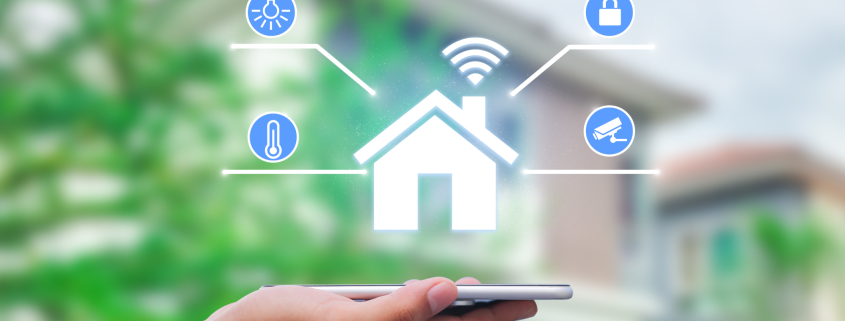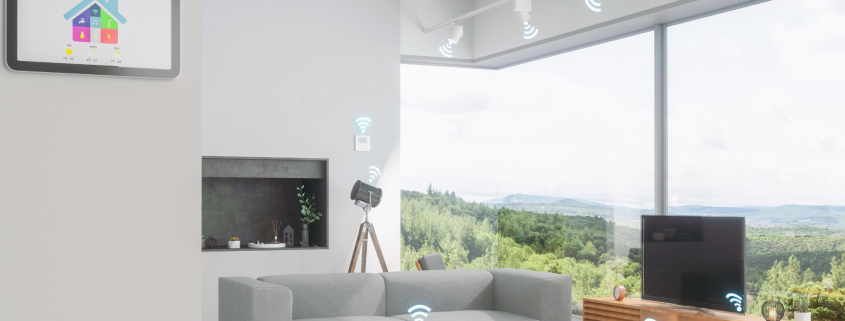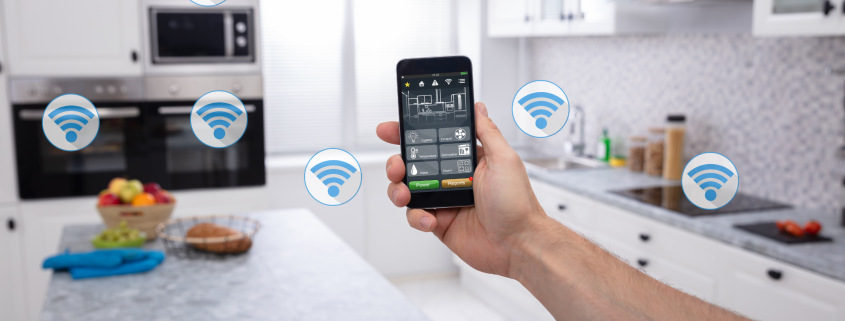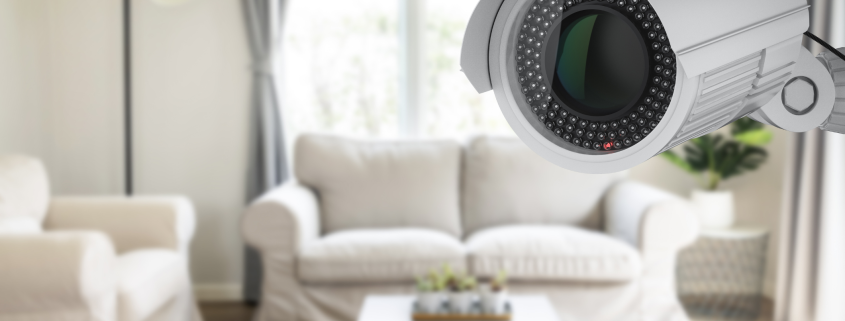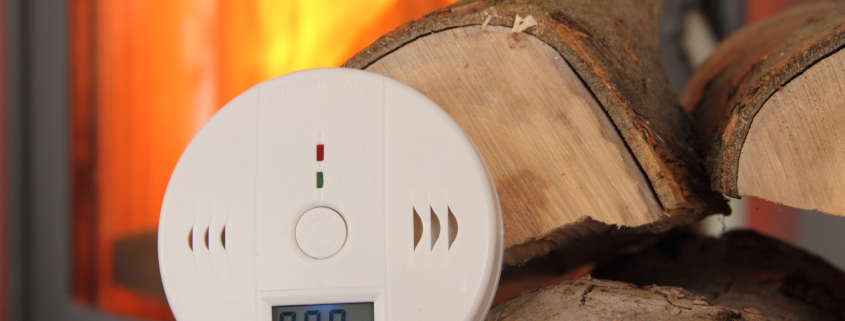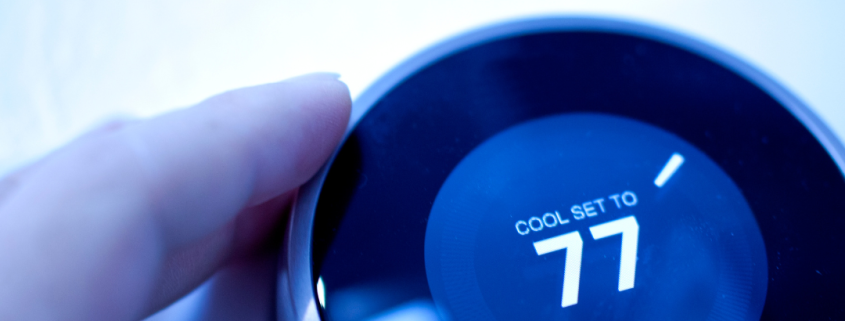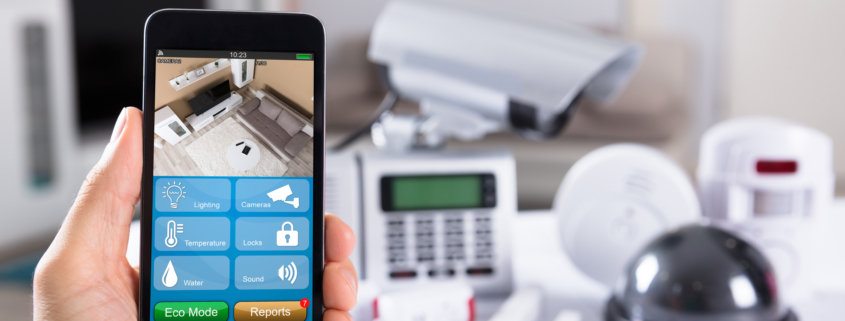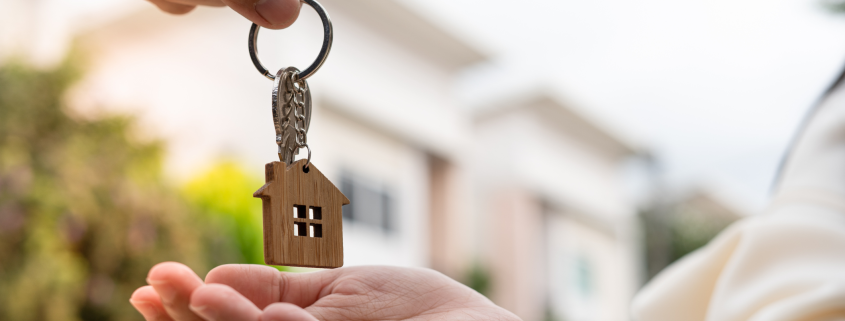DO protect windows and doors:
First of all, make sure all your windows and doors are equipped with sturdy locks. Routinely check to make sure all your window and door locks are activated. In addition, a deadbolt lock is the best for an outside access door. Install a deadbolt which does not have an inside key. For sliding glass doors, reinforce your locks with a metal pipe and place it where your door slides. Furthermore, invest in a glass break sensor system. If your door is compromised, your monitored alarm system will notify the central station.
DO make sure your home and surrounding property is well lit:
While you are not home, try to make it seem like you are. Motion-sensored outdoor lighting is an excellent deterrent. Make sure your porch and doorways are well lit to thwart off any attackers waiting for you to get home to gain access. For the indoors, enable timers to your lights to make it seem like someone is home. Finally, you can add a home automation system. You will be able to control your lights and security system from anywhere in the world.
DO use drapes or blinds to obscure line of sight into your home:
While advertising “what you have” is great for a business, it is not a great idea when it comes to home protection. Using blinds and drapes to cover your windows allows you to hide your valuables from sight. A good idea is to walk around your home and peer into your windows to assess what you can see. If you can see anything of value, try to move the items to obscure sight from the outside.
The Best Home Security System For Your Home and Family Is One Installed And Monitored By a Professional.
Out of the approximately 2 million burglaries, which occur each year, three quarters of them happen to residential homes.
DO lower the ringer on your home phone:
When not home, you want to lower your ringer volume on your home phone. By doing so, a person passing by your home will not be able to hear a phone call going to voicemail. An unanswered phone call is a clue, to a possible intruder, a home is vacant.
DO sleep with car keys near bed:
Nowadays most of us have key-fobs, equipped with a panic button on our car keys. If a home evasion or emergency situation occurs while you are in bed, setting off a car alarm could scare off an intruder and alert a neighbor to an emergency situation. For additional Security: A panic button near your bed can also be installed in connection with your home security system.
DO recheck all your window and door locks after a contractor has been in your home:
We have all heard the stories in the news referencing a homeowner being burglarized by a contractor they hired to do work on their house. Therefore, once a contractor has access to your home, it is very easy for them to unlatch a window and/or door locks for later entry. Recheck all window and door locks in rooms which any contractor has been into immediately after they leave.
9 out 10 convicted burglars admit they would avoid a home which they knew to have a security system.
DO store fire wood or anything stackable away from the home:
Most break-ins occur through lower level entry, but if a burglar believes they can gain easy access through a second or third floor, they will try. Therefore, storing stackable items along-side your home is like leaving a ladder for a burglar to climb up.
DO leave an extra set of keys with a neighbor or trusted friend:
A burglar would rather use a key to get into your home than to break in through a window or door. A burglar will take the time to look for a key in the “obvious” places. Consequently, hiding a key under your door mat or planter is a bad idea. If you do not feel comfortable leaving your key with anyone, another option is to invest in a keyless entry system. With a keyless entry system you never have to worry about locking yourself out of your house.
DO take the time to phone your delivery person or friend and give them the message directly:
Avoid leaving a “note” on the door. A note left on the door for a delivery person or friend is basically puts a sign on your door saying “we are not home”. A note on the door can easily be seen by anyone walking or driving by your home.
In conclusion, following these simple home safety practices can help keep your home safe and protect your valuables.

